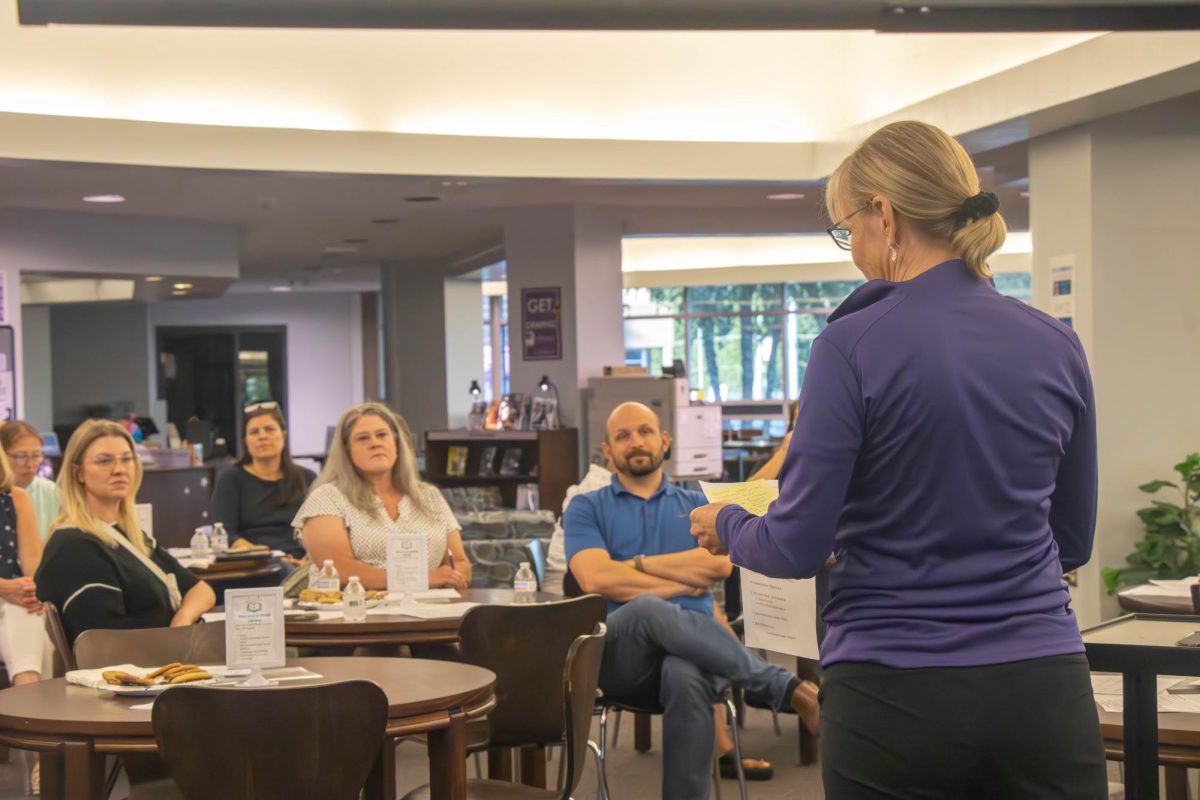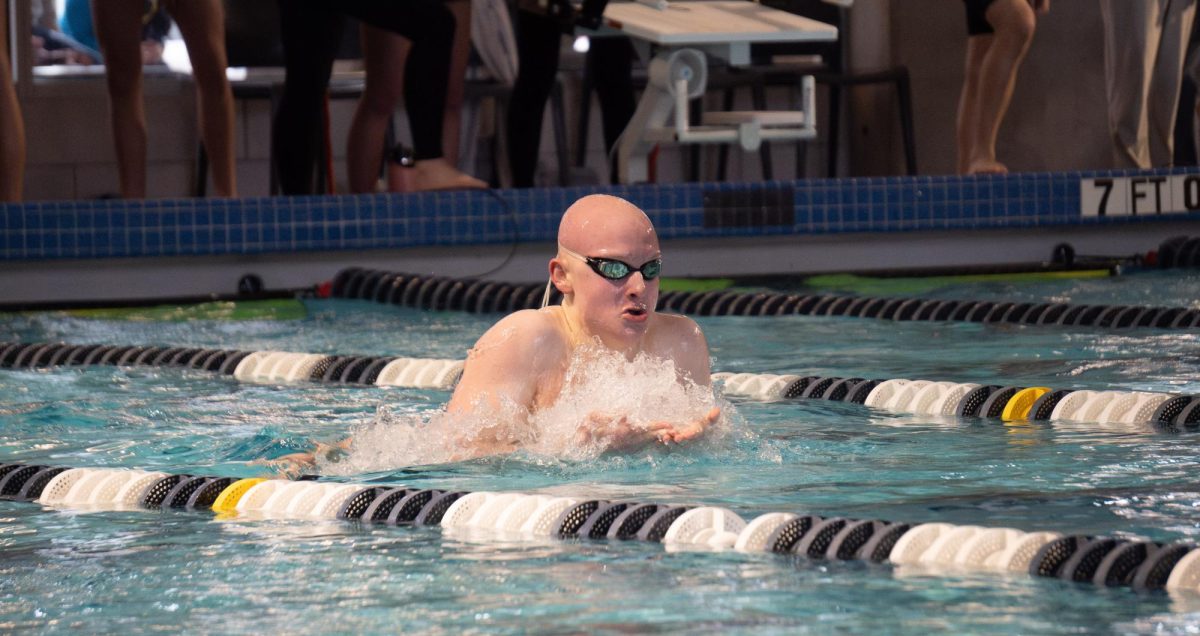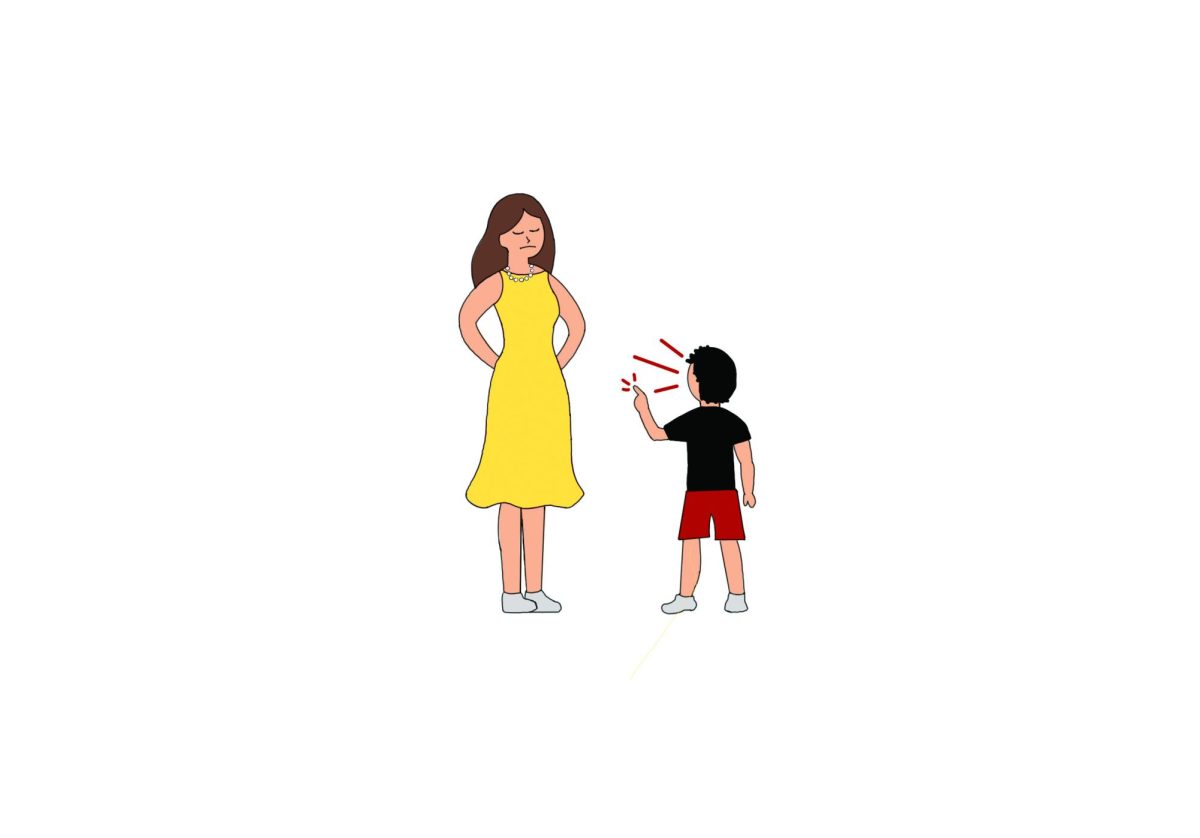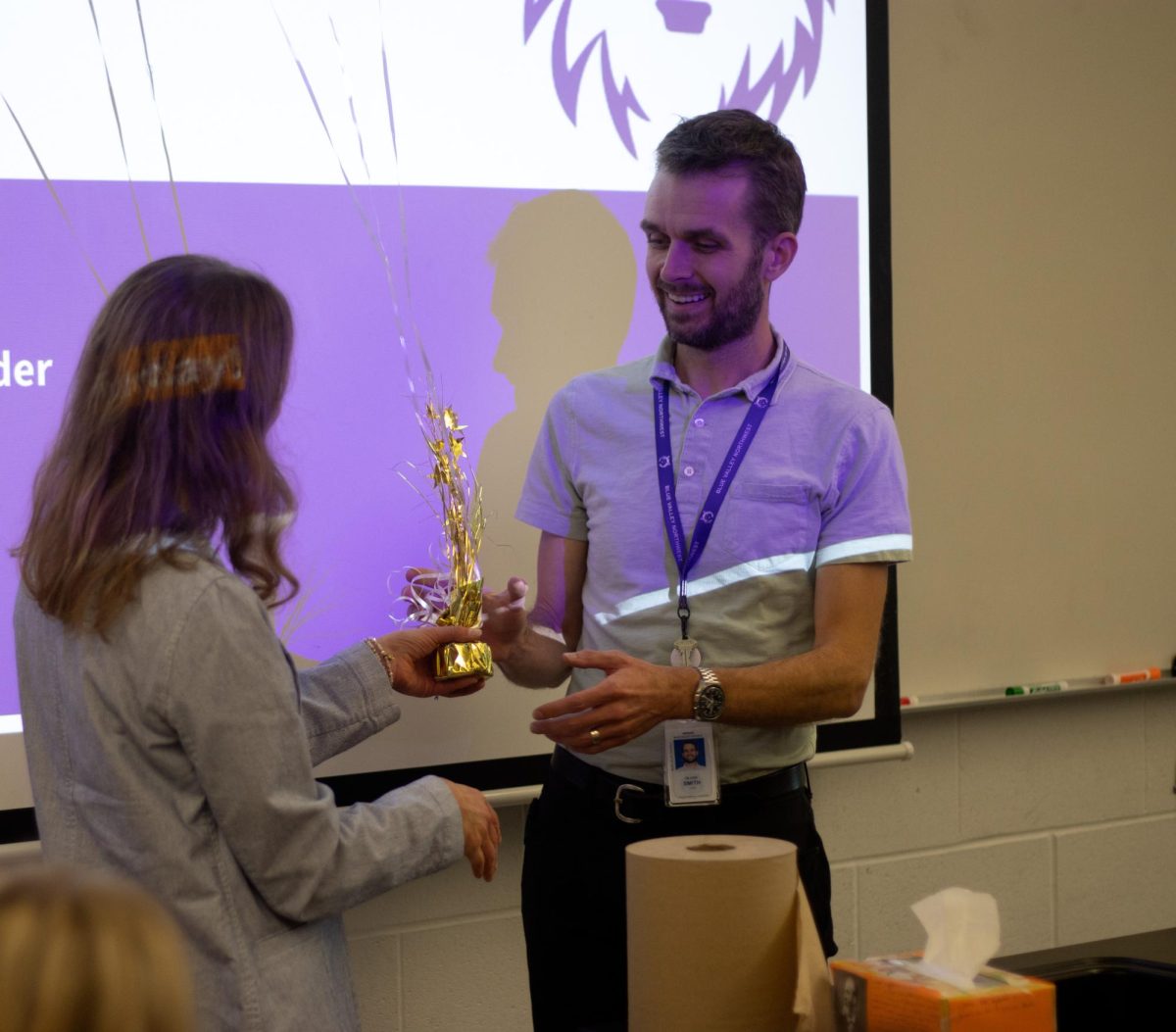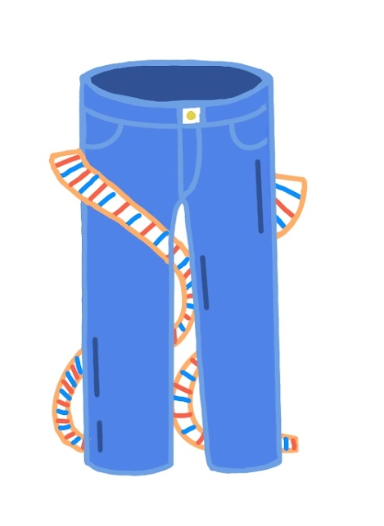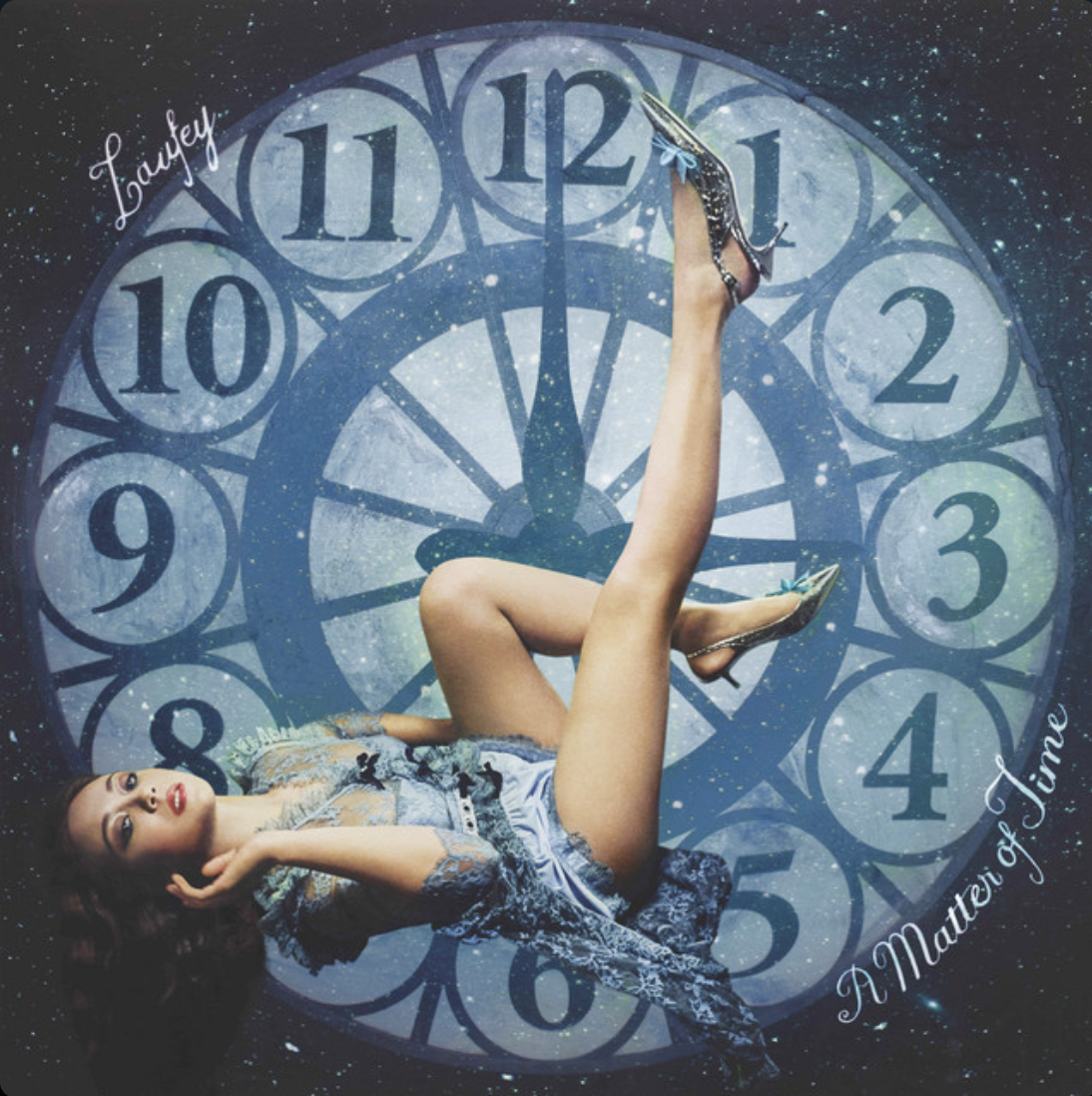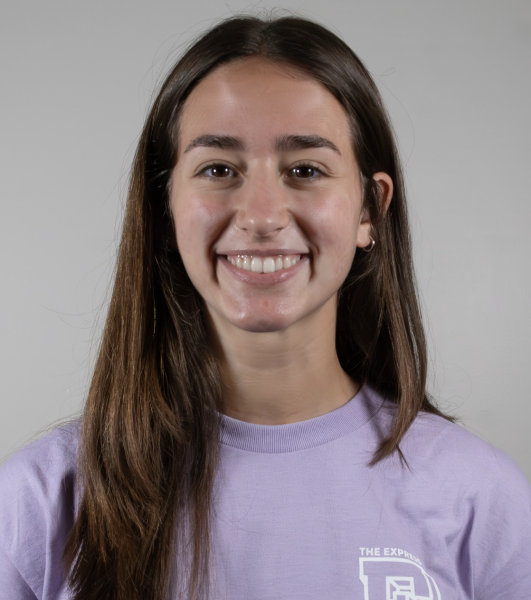Walking through the halls of Blue Valley Northwest, sophomore Avery Davenport can’t help but notice everyone is wearing a variety of trendy wide-leg pants. Whether it be jeans or sweats, five dollars or 50, they can be found from the 100s to the 900s hallways.
Overconsumption, or the mass consumption of goods such as clothes, is a rampant trend at Northwest and throughout the world. The excessive amount of items people acquire leads to a detrimental impact on the earth, polluting oceans and exploiting resources.
According to an article on Sentient Climate, humans need 1.7 earths to effectively provide for the number of goods people consume in 2024, despite only needing 1.01 earths in 1972. The article also states technological advances have increased production, causing higher demand and enabling influencers to sway target audiences.
Sophomore Caleb Jung is currently working on a DECA project with seniors Yash Saraff and Jonathan Moon to raise awareness for unsustainable fashion practices. His team uses an Instagram account entitled Behind the Seams to promote their ideas. They conducted a survey with students at Northwest and have successfully run a clothing drive resulting in over 40 pounds of clothing donated to TurnStyles Thrift.
Jung said the topic is a personal interest of his and believes it should be more of a concern, especially after he researched the wasteful effects of clothing overconsumption.
“One percent is recycled and that results in 98 million tons of clothes being wasted every year,” Jung said.
AP Environmental Science teacher Sarah Derks said the accessibility of online shopping has led to a rising trend in overconsumption. With this excess of purchasing, she said the object of many companies is quantity over quality.
“I feel the world makes things to break versus fix, so rather than fix what’s broken, we can just order something new and throw [it] away,” Derks said.
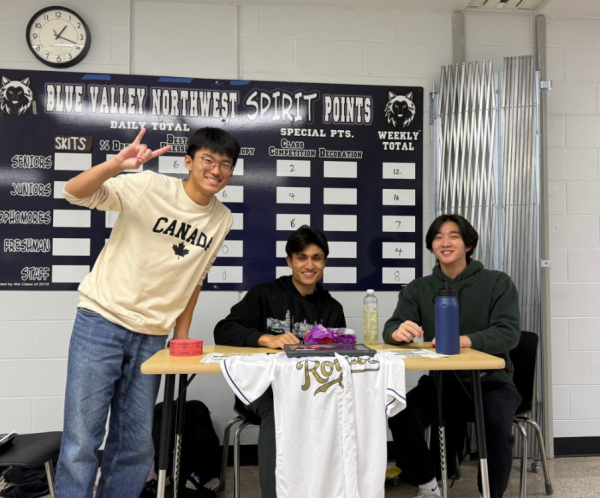
According to her, pollution in landfills and oceans is not the only way overconsumption negatively affects the environment, but also the effects of mass manufacturing hurt our world. From producing more carbon dioxide during shipping and using gallons of water to make a t-shirt, Derks said the world will run out of natural resources if manufacturing and demand for products continue on this track.
“We’re exploiting workers, we’re exploiting the environment and eventually we’re going to run out of some of those resources,” Derks said.
As the overconsumption trend continues, Davenport said many clothing trends have started within her school, including the obsession with wide-leg pants as well as wearing expensive brands such as Ralph Lauren and Lululemon. With social media on the rise, she said teens are easily able to consume hundreds of pictures and videos about new products, causing purchasing trends to increase. Davenport said people are enabled by instant media and inspired by influencers to consume more, instead of stopping to consider their purchases.
According to an article on Pittsburgh Earth Day, content creators encourage overconsumption, whether they realize it or not. During a time with countless technology and social media advances, the article said influencers are persuasive forces for shaping culture, affecting the younger generations most frequently. On social media platforms like TikTok and Instagram, Davenport said influencers are able to promote certain products for profit and earn more followers.
Popular online stores such as Shein and Temu provide people with the option to buy items for cheap prices, a factor Jung said has contributed to excess purchasing. He said while those places are more affordable, people must think beyond the money aspect. Although there are financial limitations, Jung said there must be environmental limitations, too.
“The price of clothes isn’t just what is on the price tag, there’s more behind it,” Jung said.
Although students buy cheaper brands like these, Davenport said people need to be more conscious of what they purchase and ask themselves if they truly need or want those items, or if the reason behind buying them is to fit in.
Regarding overconsumption for this generation of teenagers, Davenport said people are too obsessed with staying up to date with trends and buying a “superior” product just because it is a popular brand.
“Overconsumption of products has affected our generation because we are too obsessed with what we wear and what we look like versus what we do,” Davenport said.
Working on this project, Jung said he has become more conscious about his spending habits and the clothing he purchases. As an alternative to throwing away clothes, he said he now recommends donating them to give a clothing item another life or buying from environmentally conscious brands, such as the Canadian brand Roots, one of his favorites.
“Everyone lives on the same earth, so we should take care of it,” Jung said.

![Sophomore Avery Davenport sits in the school library and shops online. “[On social media] you are saturated with pictures and videos of people using products,” Davenport said. She said this has an effect on her tendency to be influenced to buy new products online.](https://bvnwnews.com/wp-content/uploads/2025/02/Screenshot-2025-02-03-at-9.31.21-PM.png)


